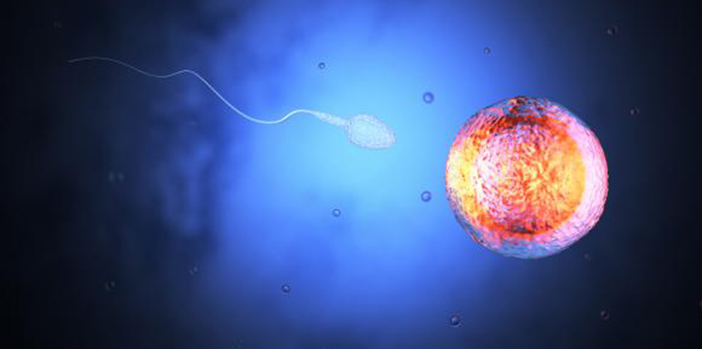New technology could allow creation of fertilized embryos using non-reproductive cells. But at what cost?
Even in such game-changing reproductive advances as in vitro fertilization or mitochondrial replacement therapy, what has remained necessary is that the gametes—the sperm and the egg—come from the father’s testes and the mother’s ovaries, respectively. But a new lab technology rapidly advancing in mouse studies could upend that biological imperative by, at its hypothetical endpoint, creating embryos from sources such as repurposed skin cells.
The implications of in vitro gametogenesis (IVG), three experts write in a perspective essay in Science Translational Medicine, could be helpful for infertility patients and for research, but also deeply vexing for society and policymakers.
IVG holds the promise of radically advancing fertility and the ability to intervene against disease at the pre- or post-embryonic stage, wrote Eli Adashi, MD, professor of medical science at the Warren Alpert Medical School; I. Glenn Cohen, JD, professor at Harvard Law School; and George Daley, MD, PhD, dean of Harvard Medical School. But it also could lead to ethical nightmares—if people become empowered to create and choose among scores of embryos in the pursuit of ideal children, for example.
“There’s something troubling about an inexhaustible supply of gametes that can be fertilized into an inexhaustible supply of embryos,” Adashi says.
IVG arises from the ability of scientists to manipulate stem cells, either derived from embryos or induced from normal adult body tissues. Working with mice in the lab, scientists have reported key successes. They have created fertilizable egg cells from embryonic stem cells and have generated sperm-like cells as well. They’ve also created fertilized embryos from stem cells. In that case, the scientists coaxed stem cells into an early stage of gamete development and then finished their development within the reproductive organs of mice before accomplishing fertilization.
So far it is not feasible—technically or legally—to create a human baby via IVG, and depending on many remaining technical, economic, and regulatory hurdles, Adashi says, it might never be. But it does now seem at least prospectively plausible.
“These things may happen, and it may just be a question of time,” says Adashi, who has been tracking the development of IVG, mostly in Japan and the United Kingdom, since 2005.




